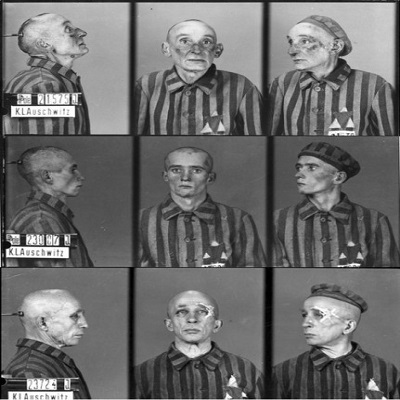For those of you who have read my books, you know the featured walks and stories are heavily dependent on images. The same goes for our bi-weekly blogs. So, over the years I have become quite familiar with and adept at using various sources to locate images.
I found there are only two options available to obtain images of Nazi concentration camps during the war. The first are the photos taken by the Germans who worked in the camps. These are relatively scarce as the Nazi leaders did not want any archival evidence of the atrocities they were committing. The second option are the inmate drawings and paintings done either while a prisoner or from a survivor’s memory.
As the Allied troops liberated the camps, Gen. Eisenhower ordered his photographic units to take pictures. One of his motivations was to ensure people could never deny these horrific events had taken place. Many of us are familiar with the photos of emaciated prisoners, stacks of bodies, and ovens that were still warm. These images can be found in the German Archives (Bundesarchiv), various Holocaust memorial museum archives, and government archives such as the Imperial War Museum, Smithsonian Museum, and the US National Archives.
Today’s blog will focus on the illustrations made by camp prisoners and survivors. Click here to watch Paintings from Terazín Concentration Camp. Read More KZ Illustrators: Haunted Art


